Home>Ideas and Tips>Upgrading Your Home’s Basement With DIY Mold-Resistant Drywall
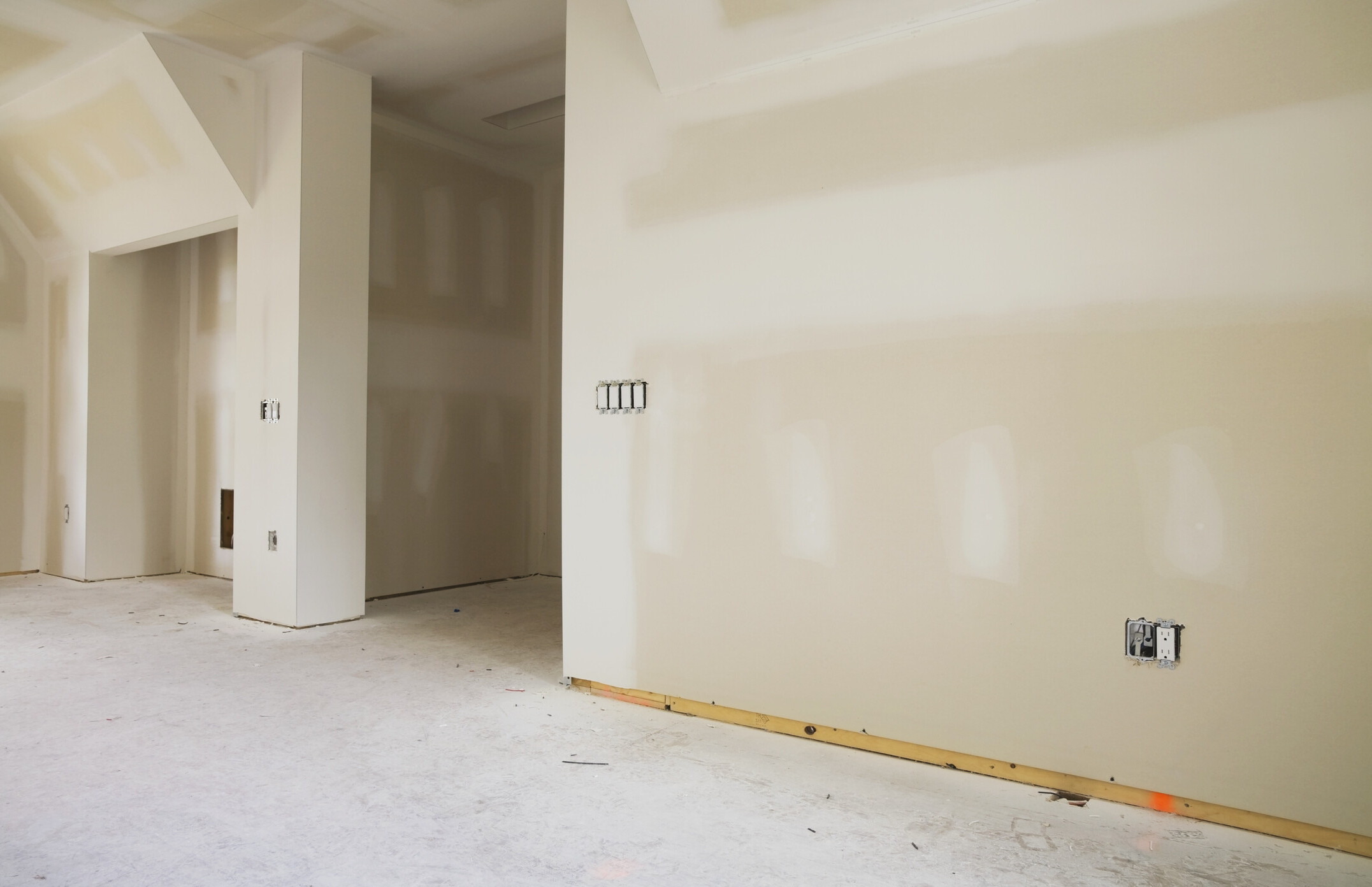

Ideas and Tips
Upgrading Your Home’s Basement With DIY Mold-Resistant Drywall
Modified: October 19, 2024
Upgrade your basement with DIY mold-resistant drywall to prevent mold growth, enhance durability, and create a healthier living space. Learn how here!
(Many of the links in this article redirect to a specific reviewed product. Your purchase of these products through affiliate links helps to generate commission for Storables.com, at no extra cost. Learn more)
Basements are often the most neglected areas of a home, but they can also be one of the most valuable spaces for additional living areas, storage, and even home offices. However, basements are also prone to moisture issues, which can lead to mold growth. Mold not only damages the structure of your home but also poses serious health risks. In this article, we will guide you through the process of upgrading your basement with DIY mold-resistant drywall, ensuring a healthier and more durable living space.
Mold thrives in moist environments where there is a water source, oxygen, and organic material. Basements are particularly susceptible to these conditions due to their location below ground level and the potential for water seepage. The paper facing on traditional drywall can become an ideal food source for mold, making it a common problem in basements.
Why Mold-Resistant Drywall?
Mold-resistant drywall, also known as greenboard or purple board, is designed to prevent mold growth by replacing the paper facing with a fiberglass mat. This material is less susceptible to moisture and does not provide the nutrients that mold needs to grow. While no drywall is completely mold-proof, mold-resistant drywall significantly reduces the risk of mold growth in damp environments like basements.
Preparing Your Basement for Mold-Resistant Drywall
Before you start installing mold-resistant drywall, it's crucial to ensure your basement is well-prepared to prevent moisture issues. Here are some steps you can take:
-
Inspect Your Foundation:
- Check for any cracks or gaps in the foundation walls and floor. Seal these areas with a waterproof sealant to prevent water from entering the basement.
-
Improve Drainage:
- Ensure that your basement has proper drainage. This includes installing a French drain system or a sump pump if necessary. Proper drainage helps in keeping the basement dry and reduces the risk of water accumulation.
-
Use Vapor Barriers:
- Apply a vapor barrier under the concrete floor to prevent moisture from rising into the basement. This can be done using a plastic membrane or a similar material designed for this purpose.
-
Insulate Foundation Walls:
- Insulate your foundation walls with materials like XPS (Extruded Polystyrene Foam) or similar insulation. This helps in maintaining a consistent temperature and reducing moisture buildup.
-
Seal Around Windows and Doors:
- Ensure that all windows and doors leading to the basement are properly sealed to prevent air leaks and moisture entry.
Choosing the Right Mold-Resistant Drywall
When selecting mold-resistant drywall, consider the following factors:
-
Type of Drywall:
- Look for drywall specifically labeled as "mold-resistant" or "greenboard." These products typically feature a fiberglass mat instead of paper facing.
-
Thickness:
- While standard 1/2-inch drywall is common, consider using thicker options like 5/8-inch or even 3/4-inch for added durability in high-moisture areas.
-
Brand Quality:
- Choose reputable brands known for producing high-quality mold-resistant drywall products.
Installing Mold-Resistant Drywall
Installing mold-resistant drywall is similar to installing regular drywall, but with some additional precautions:
-
Prepare the Area:
- Clear the area of any debris, furniture, or obstructions. Ensure that the floor is level and clean.
-
Measure and Cut Drywall:
- Measure your walls carefully and cut the drywall to size using a drywall saw or utility knife.
-
Hang Drywall:
- Start by hanging the first sheet of drywall along the longest wall in your basement. Use drywall anchors if necessary to secure it properly.
-
Joint Compound Application:
- Apply joint compound to seams and edges where two sheets meet, pressing firmly into place with a putty knife.
-
Taping Joints:
- Use fiberglass mat joint tape over seams and edges before applying additional layers of joint compound.
-
Finishing Touches:
- Sand down any excess joint compound once it has dried completely, ensuring a smooth finish.
Additional Measures for Mold Prevention
While mold-resistant drywall significantly reduces the risk of mold growth, additional measures can further enhance your basement's protection against moisture:
-
Dehumidifiers:
- Install a dehumidifier in your basement to maintain a consistent humidity level below 50%. This helps in preventing moisture buildup.
-
Air Sealing:
- Ensure that all cracks and gaps around windows, doors, and electrical outlets are sealed with caulk or spray foam to prevent air leaks.
-
Regular Inspections:
- Regularly inspect your basement for signs of moisture or water damage. Address any issues promptly to prevent mold growth.
Common Mistakes to Avoid
When upgrading your basement with DIY mold-resistant drywall, avoid these common mistakes:
-
Insufficient Preparation:
- Failing to properly prepare the area before installing drywall can lead to poor adhesion and increased risk of moisture issues.
-
Inadequate Insulation:
- Insufficient insulation around foundation walls can result in higher humidity levels, making it more challenging to prevent mold growth.
-
Ignoring Vapor Barriers:
- Failing to apply a vapor barrier under the concrete floor can allow moisture to rise into the basement, compromising the effectiveness of mold-resistant drywall.
Conclusion
Upgrading your home's basement with DIY mold-resistant drywall is a worthwhile investment in maintaining a healthy and durable living space. By following these steps—inspecting your foundation, improving drainage, using vapor barriers, insulating foundation walls, sealing around windows and doors—and choosing the right type of mold-resistant drywall—you can significantly reduce the risk of mold growth in your basement. Remember that while no drywall is completely mold-proof, using these measures will provide you with a robust defense against moisture-related issues. With proper preparation and installation techniques, you can enjoy a safe and comfortable living space even in the most challenging environments like basements.
References:
Was this page helpful?
At Storables.com, we guarantee accurate and reliable information. Our content, validated by Expert Board Contributors, is crafted following stringent Editorial Policies. We're committed to providing you with well-researched, expert-backed insights for all your informational needs.
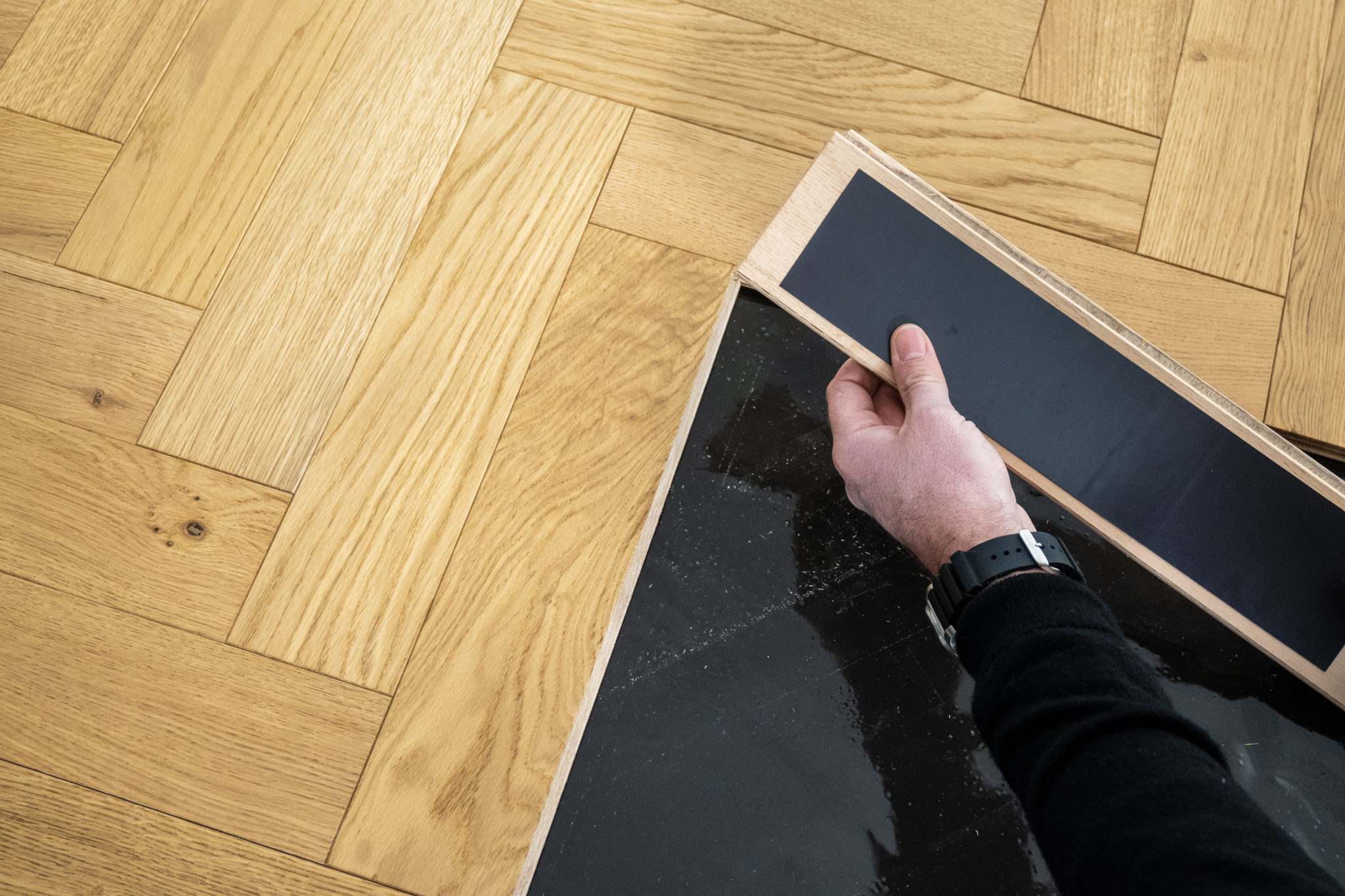
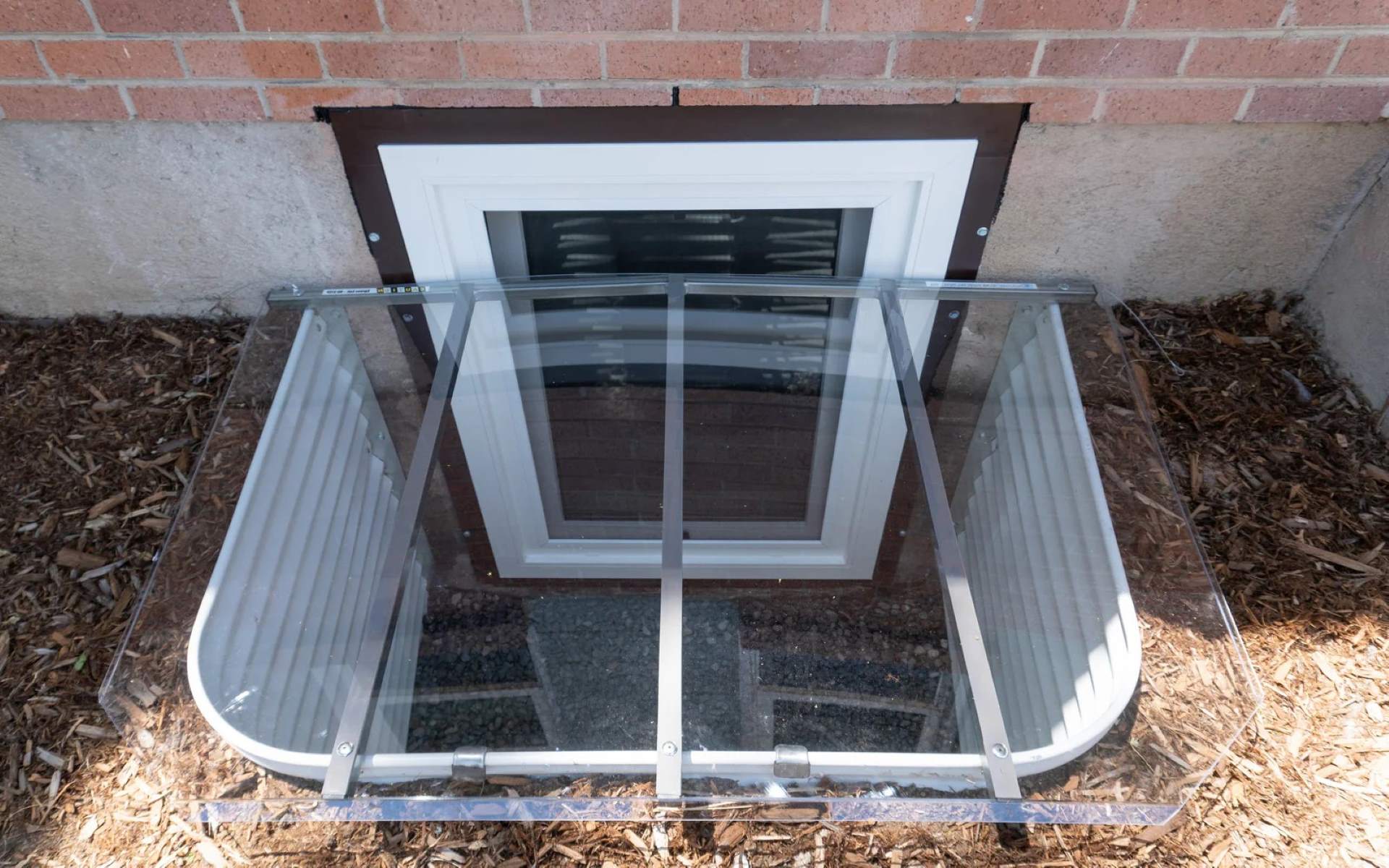
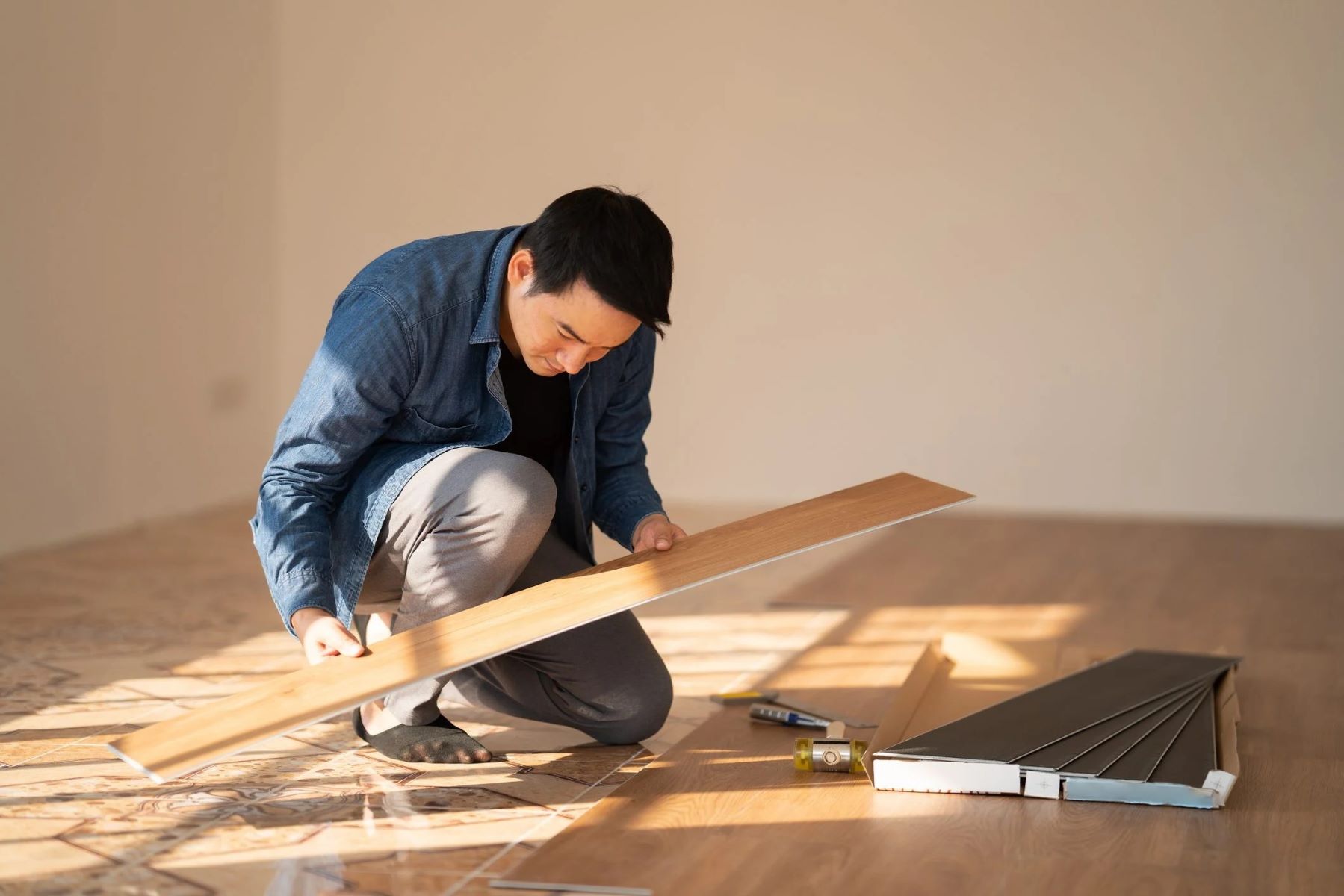


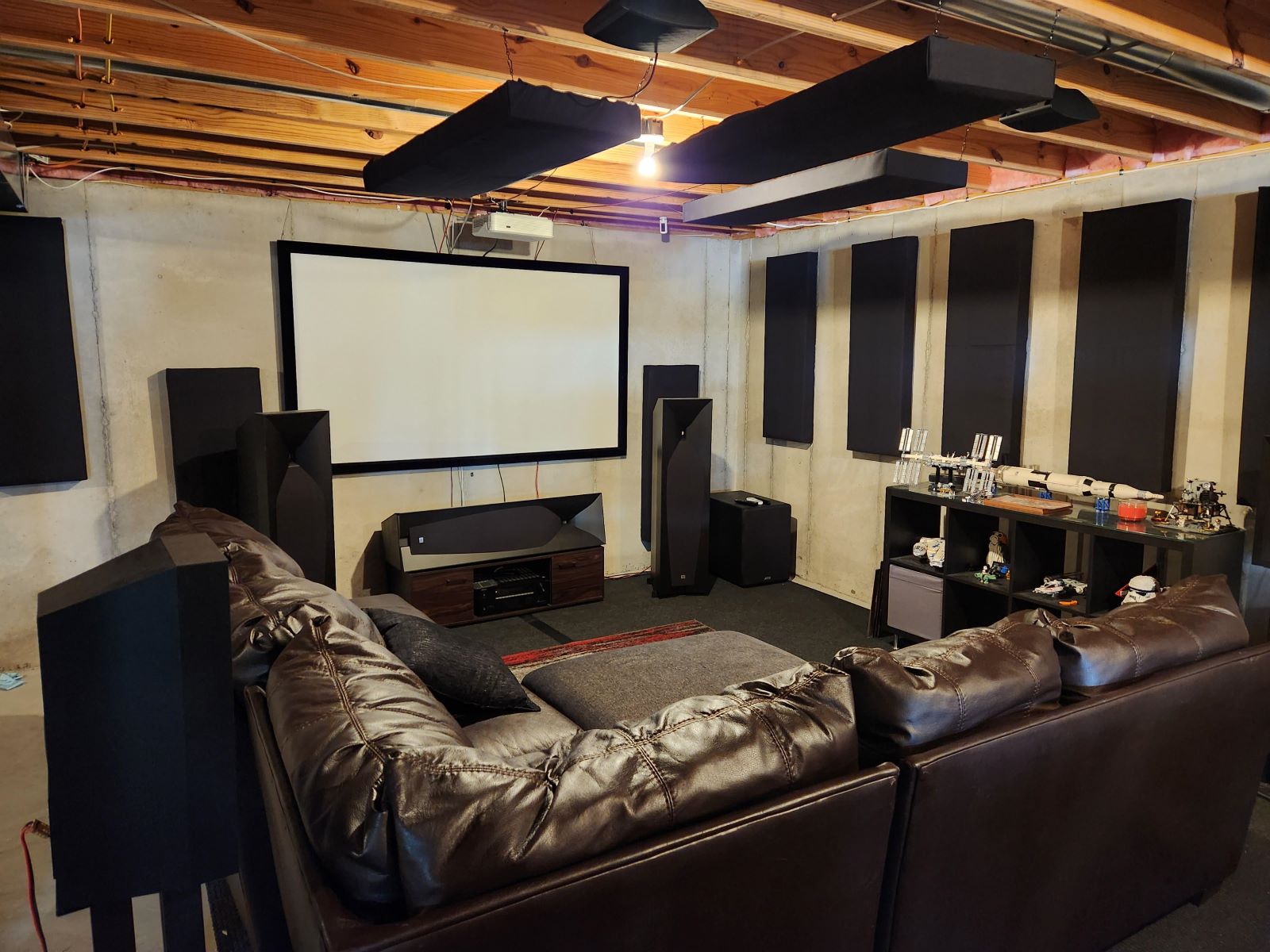
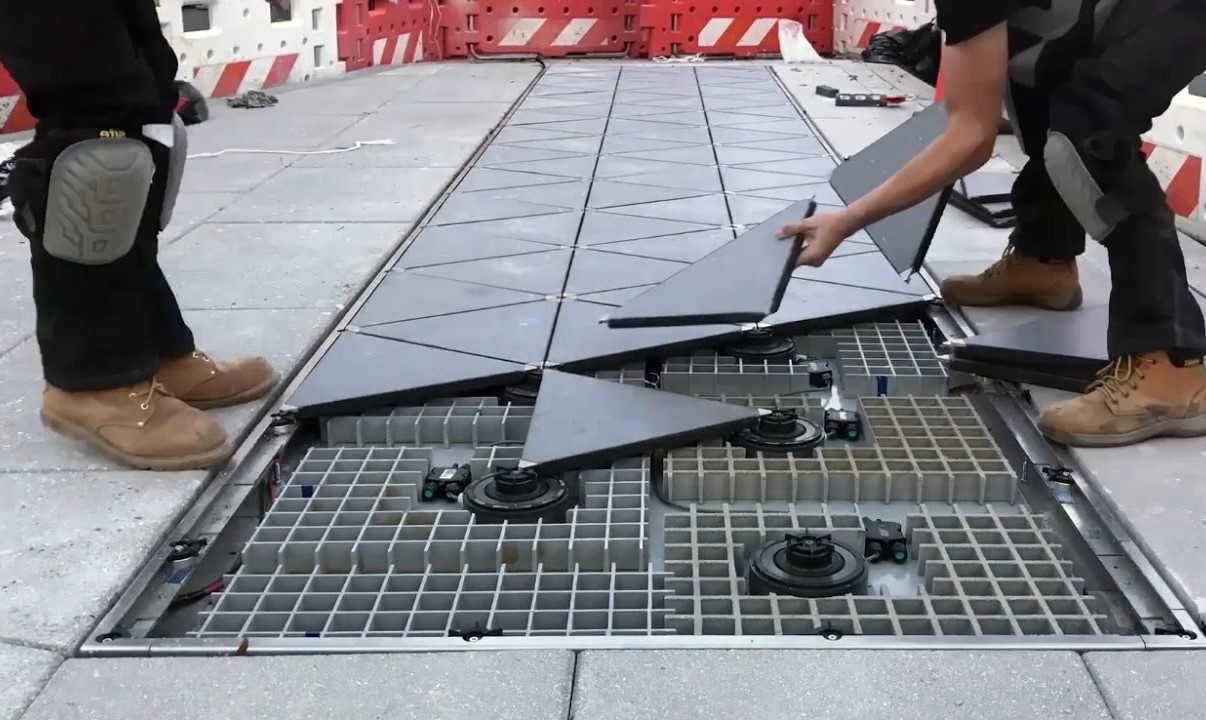
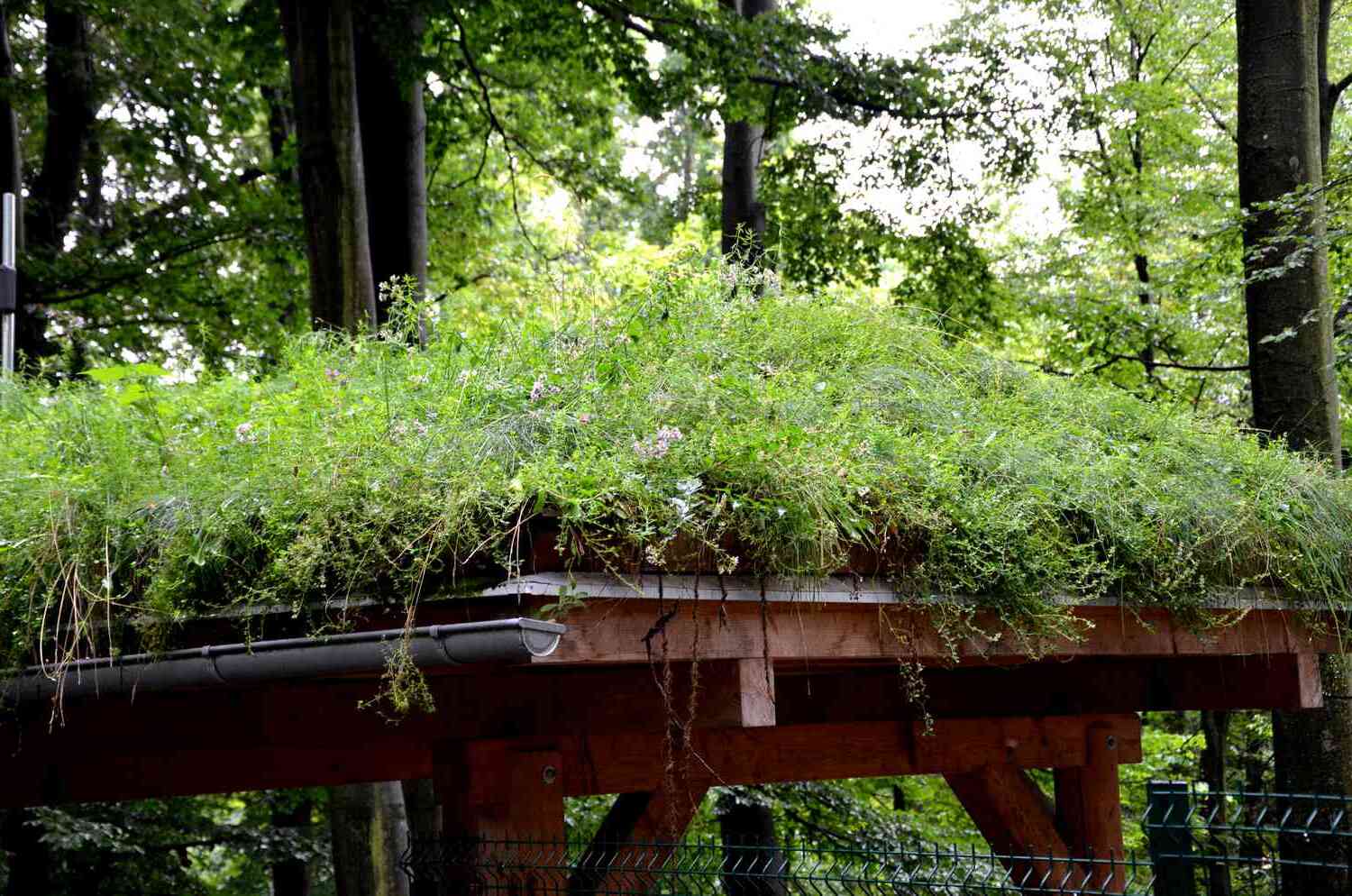
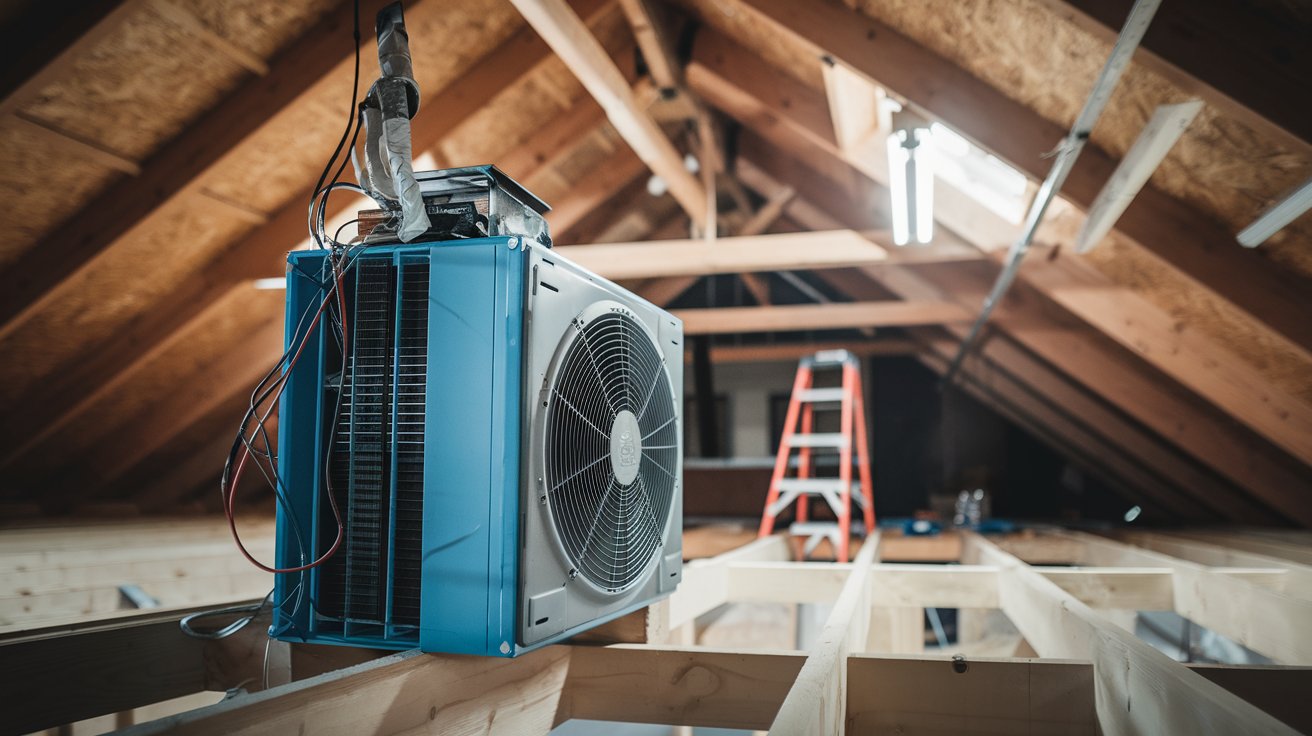

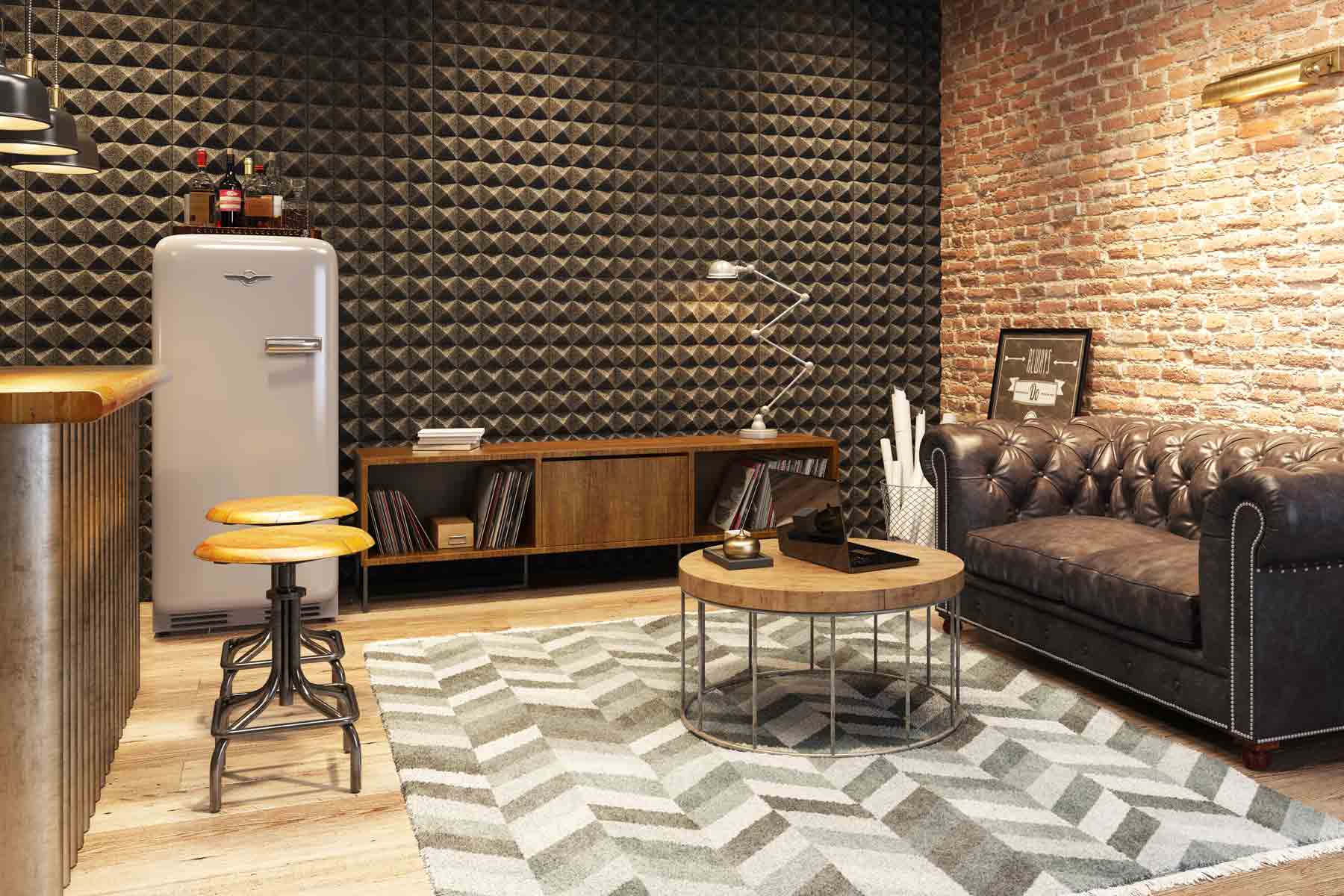
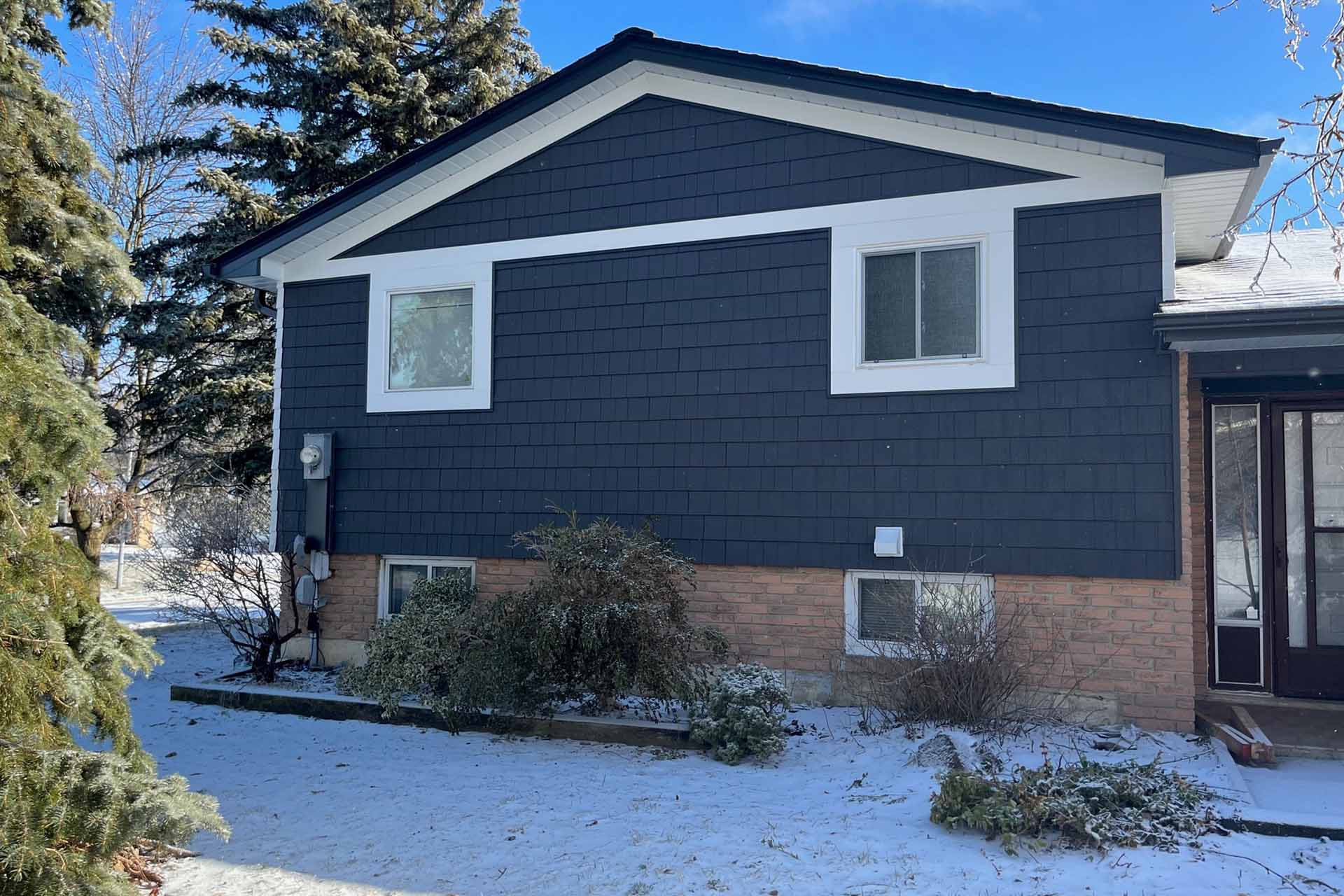
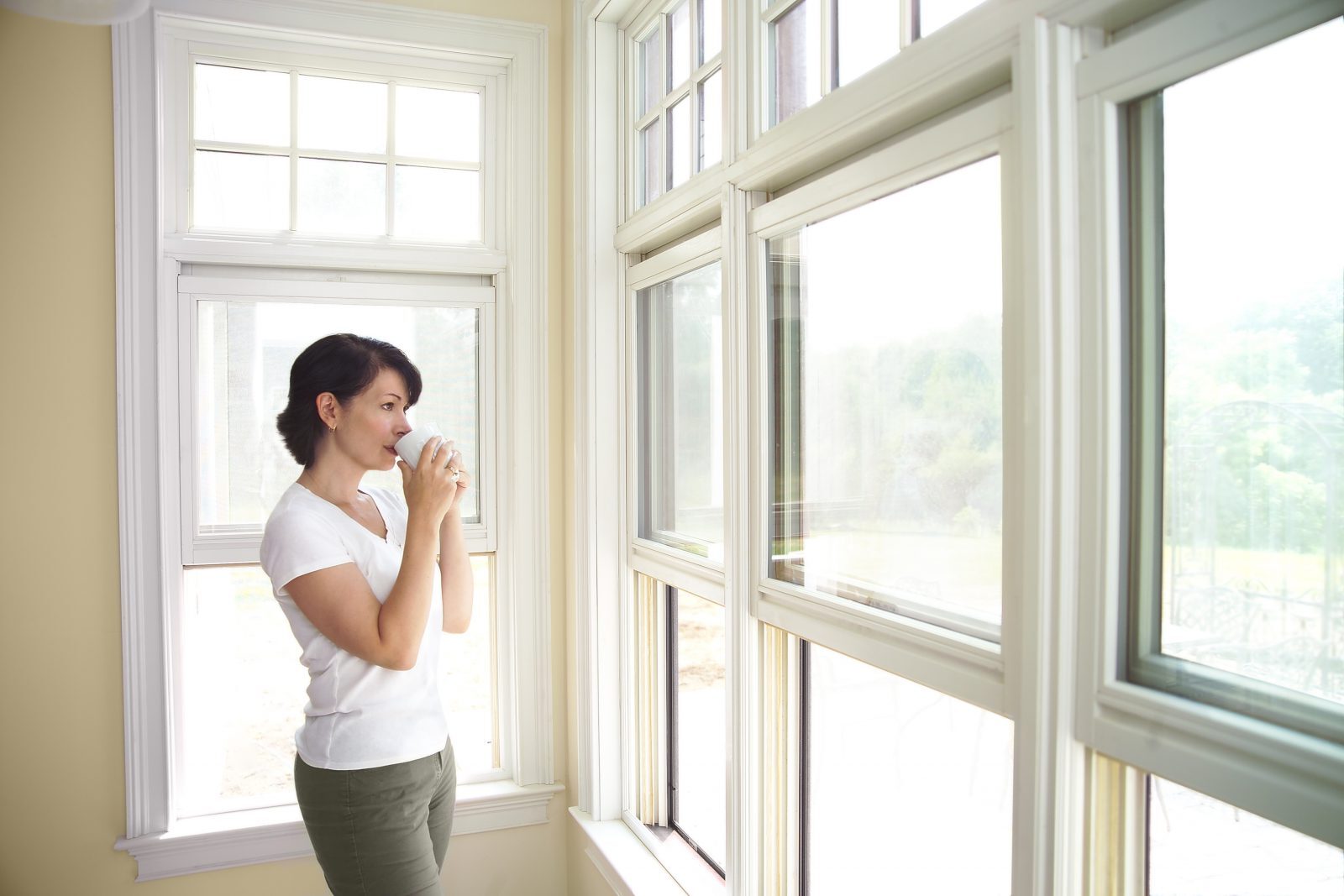


0 thoughts on “Upgrading Your Home’s Basement With DIY Mold-Resistant Drywall”